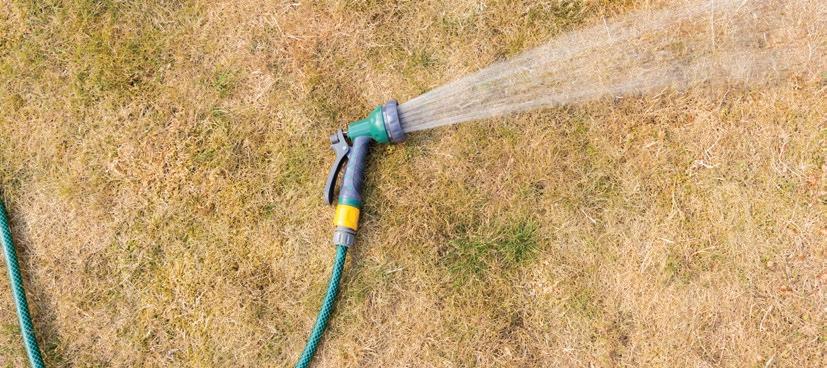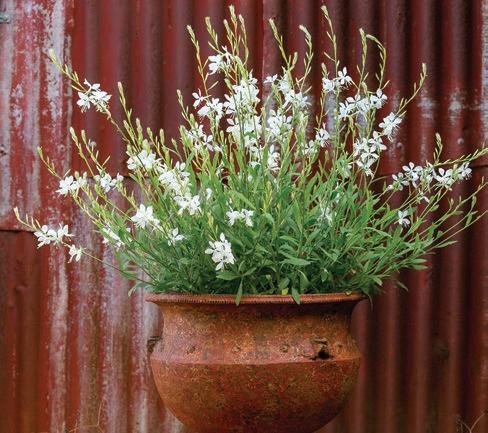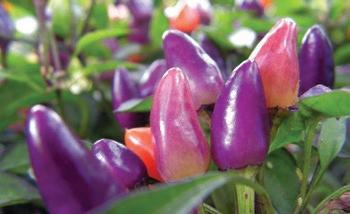
5 minute read
A Summer indoors
A breath of fresh air
Indoor plants don’t enjoy extremes of temperature. The living areas in your home suit them best as these rooms tend to be kept at a fairly constant comfort level. Whilst air conditioning makes the summer heat tolerable, the unit actually sucks the moisture out of the air to cool the space. This can result in plant dehydration, making the plant foliage wilt and potting mix dry out. To ensure that your plants do not suffer too badly from moisture depletion, give the plant and foliage a good water when the soil starts to dry out.
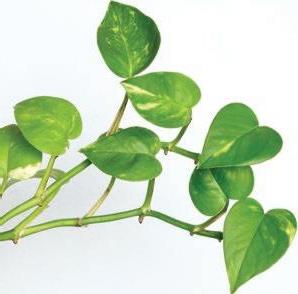
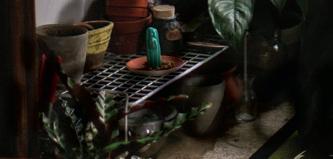


I like this spot
Natural light is essential to indoor plants. Though some do quite well in dim surroundings, most need at least bright indirect sunlight for several hours a day to fl ourish. Generally, fl owering indoor plants will bloom better with access to more light. When planning where to put your indoor plants, take advice from your garden centre and learn from your own experience. Some plants, such as ZZ plants, fl ourish in low-light conditions, while others must have sun. Don’t place large, spreading plants in walkways or landings where they may suffer damage from passing traffi c.
To prevent uneven growth, quarter-turn pots regularly so all sides of the plants are exposed equally to the light. It is advisable to remove indoor plants from time to time to a sheltered position in your garden or on a verandah or patio for a week or so of outdoor living.
Feed me
Don’t over water or over fertilise. Keep a record of when you fertilise your plants and don’t be tempted to overfeed. Remember to feed and water less often in the winter months. Searles Flourish Green & Growth Soluble Plant Food will provide indoor plants with a complete plant food and trace elements for abundant leaf growth.
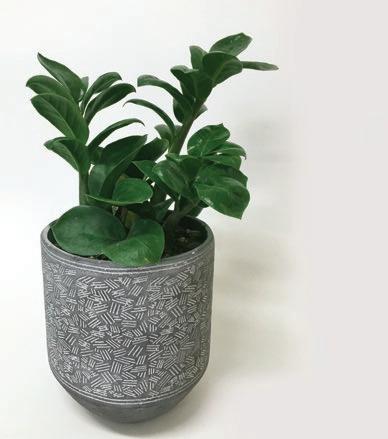
If you like the look and easy of care of ‘Zanzibar Gem’, meet its little more compact sibling. Requires the same light requirements - tolerating low light to bright indirect light. Ideal compact plant for small indoor spaces, apartments or the office. Allow the soil to dry out before watering.


Soil and moisture from pot plants can create problems if they come in contact with flooring, especially over long periods. Most good garden centres will sell plastic shields to protect your floor from moisture, abrasion and spillages from indoor plants. These shields are made from barely visible, transparent plastic and can be placed between pots and floor covering. They can also be placed inside woven baskets before pot plants are put inside them to keep the fibres clean and dry.
Pilea ‘Moon Valley’
Deep, almost corrugated, foliage which resembles surface on the Moon and rich bright green in colour with purplish veins makes this plant so appealing. Compact plant for indoors and likes humidity.
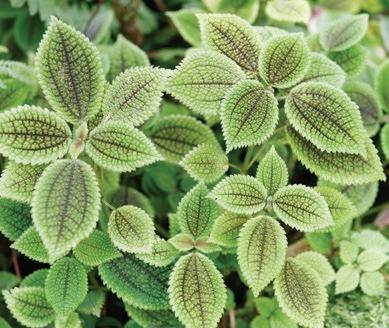
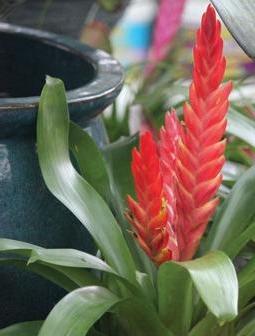
Bromeliads make the perfect table centrepiece! Generally, they prefer shade or filtered sunlight, but there are also bromeliads that prefer full sun. If you’re buying one for instant decor display, make sure it is in flower. Of course, there are many bromeliads with brightlycoloured foliage that will catch the eye at any time of year.
Sections of old carpet can be used as ‘coasters’ to prevent pot holders from scratching or marking polished wood floors. A convenient option is to attach the carpet permanently to the base of the pot-holder. To do this, place the pot holder over the piece of carpet and draw around it with a marker or soft crayon. Cut along the outline with sharp scissors and glue it to the base of the pot holder.
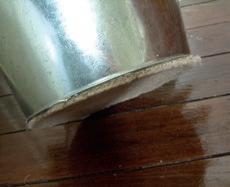
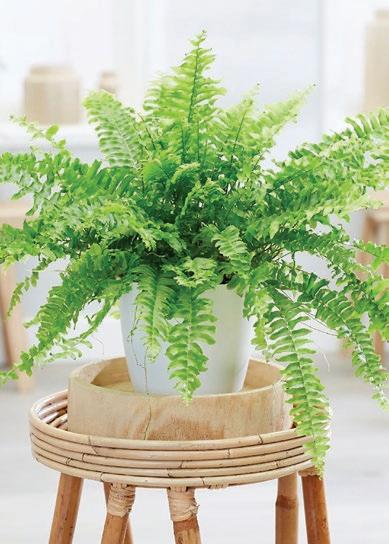
Protect herbs, vegetables, trees and shrubs from possums, kangaroos, wallabies, rabbits, hares, bandicoots, deer, foxes and other wildlife. Protect vegetables, fruit trees, ornamentals, seedlings and buildings from cockatoos, crows, ducks, pigeons, rosellas, starlings, swallows, other birds, fruit bats and microbats. Protects homes, gardens, patios, shop fronts and paved areas from both dogs and cats or rats and mice.
Protects one plant or a whole area — perimeter &/or band sprays.
Repels — without harming animals or humans.
Not considered a poison — no withholding period.
Easy to use — spray on. Effective when dry.
Safe, Proven and Effective.
Available in 100g, 1Kg & 4Kg Sizes.
is unique. Reject products said to be "just as good", nothing is at all "like it".
For more specific information send 2 x $1 stamps, Please mention your problem, post to: D-TER, Dept. A, PO Box 3, Oyster Bay, NSW 2225. Enquiries: Phone: (02) 9589 0703 Fax: (02) 9589 0147
GG20-260/02
Indoor Ferns
Ferns are among the most beautiful houseplants, with lacy fronds, classic textures and are low-maintenance as long as you’re careful to provide the right amounts of light and moisture. Most ferns are happy with indirect light that does not become too hot.
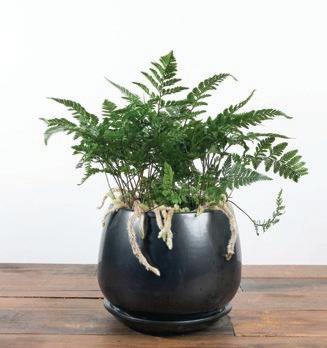
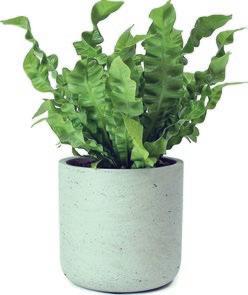
You’ll know if the fern is too dry as the tips of the fronds turn brown or die. To increase the moisture in the surrounding air, put your fern on top of some pebbles in a tray or saucer fi lled with a little water. Best to not let the plant touch the water, so its roots won’t rot.
Misting your fern is another easy option — not directly on the foliage, which could invite diseases, but around the soil or in the air.
Although most ferns like to stay evenly moist, don’t let them get soggy. Wait until the water drains out the bottom of the container and dump any excess.
Give your fern good air circulation.
If scale, mealybugs, mites or other pests show up, spray affected area with Searles Pest Gun.



